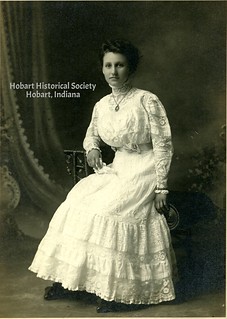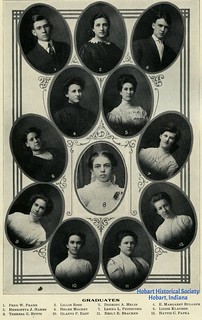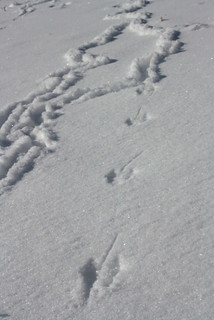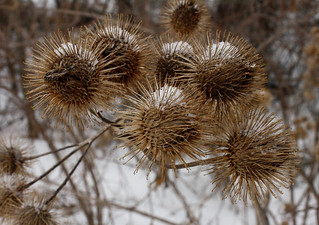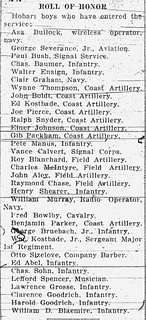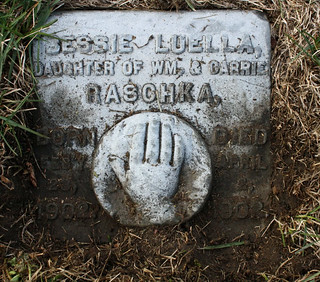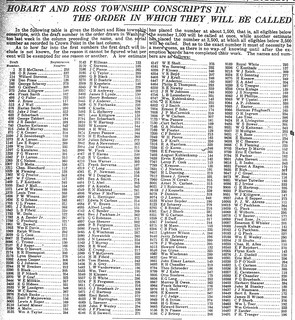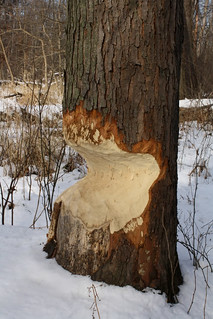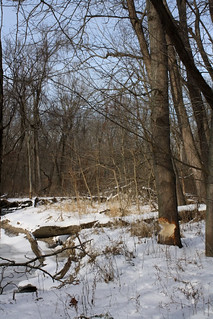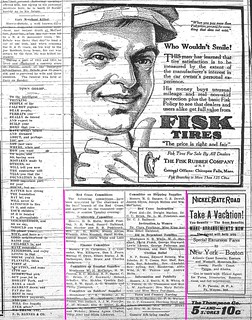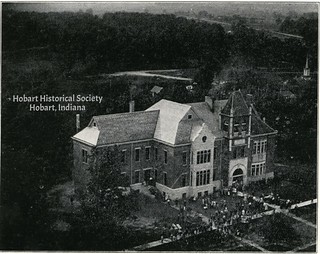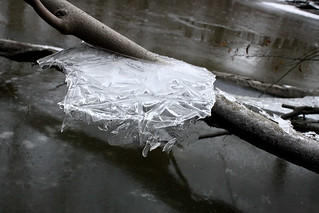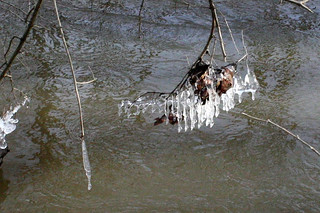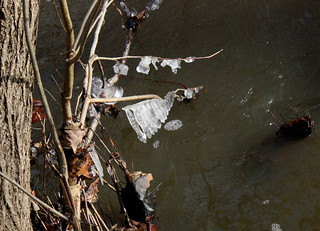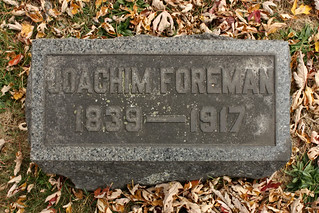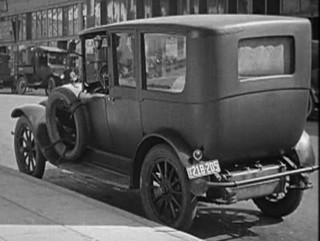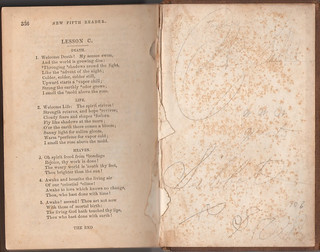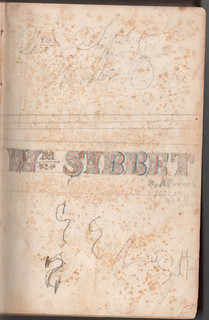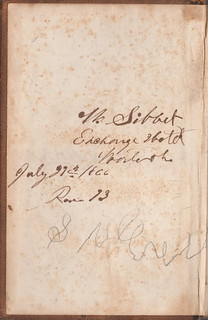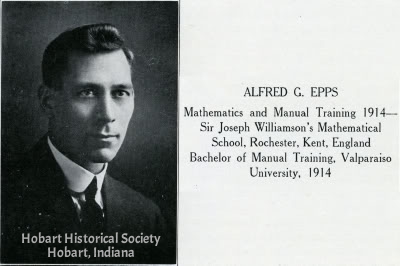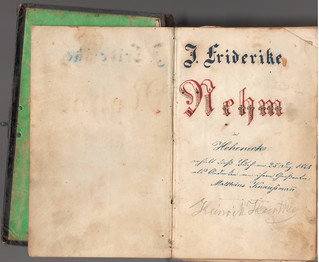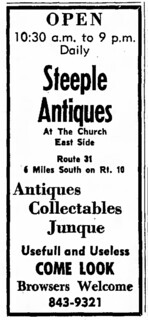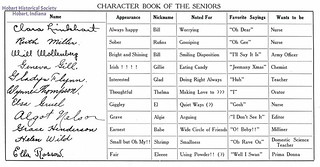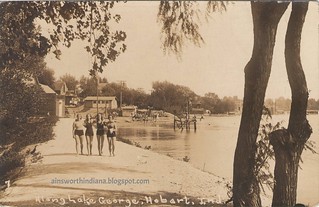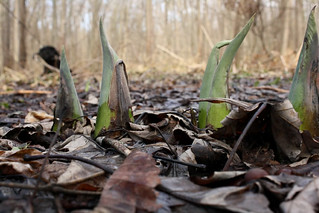Now the Hobart branch of the Red Cross was determined that no local soldier should ever go to camp without such a comfort bag. The Gazette helped their cause by publishing a list of exactly what items could and should be included, and asking the public to donate as many such items as possible.
The local Catholic church let the Red Cross use (at no cost) one of the rooms in its school as a work room. There, under the supervision of Hospital Supply Committee Chairwoman Jennie McClaran, volunteers would assemble the donated items into comfort bags for the rest of the 30-odd local men who had already gone to war or were about to, and lay up a supply for future soldiers.
The drafting of the National Guard into the regular army had left the states without a home guard, and it was up to civilians to supply the deficiency. Locally, Captain H.S. Norton, who had headed up the National Guard company stationed at Gary, was now appointed by the State Council of Defense to organize the Lake County contingent of a state militia. On August 14 he met with a half-dozen Hobart citizens to explain the state's plans. Civilian men aged 18 to 45 were eligible (including men of draft age who were exempt from federal service), provided they passed the state's mental and physical examinations. Local units that qualified would be mustered into the regular state militia. The minimum acceptable size of the unit was 50 men and three officers. Each unit would be required to drill at least once each week, with at least 60 percent of their members in attendance. They would be subject to call by the state's governor at any time. The men would serve without pay except when on active duty. The "best" units would be "equipped" — armed, I suppose that means — as rapidly as the state could manage it, and their members distributed around the state as needed.
The unnamed men who met with Captain Norton that day pledged their best efforts to organize a company of 100 Hobartites. Toward that end, they held a meeting on Friday, August 17, at Hobart's town hall. Presided over by town board president James Carpenter, the meeting was well attended, and again Captain Norton addressed the assemblage. He appointed a tentative captain of the Hobart company — Charles H. Allen, a graduate of a Chicago military school with four years' experience as the captain of a company there. The first drill was set for the evening of Tuesday, August 21.
By that date some 62 men had signed up to join, and about half that number assembled in the basement of the M.E. Church on Fourth Street for their first drill. Captain Norton observed the drill and reported that the men performed remarkably well. Still, their number fell short of the minimum requirement for state recognition as a militia unit. "To organize a company is much besides giving in names," the Gazette chided. "It is necessary to attend the drills and practice."
Sources:
♦ "Asked to Supply Comfort Bags." Hobart Gazette 28 Sept. 1917.
♦ "Hobart Will Organize Militia Co." Hobart Gazette 17 Aug. 1917.
♦ "Organize Militia Unit." Hobart Gazette 24 Aug. 1917.
♦ "Secure Red Cross Work Room." Hobart Gazette 17 Aug. 1917.

